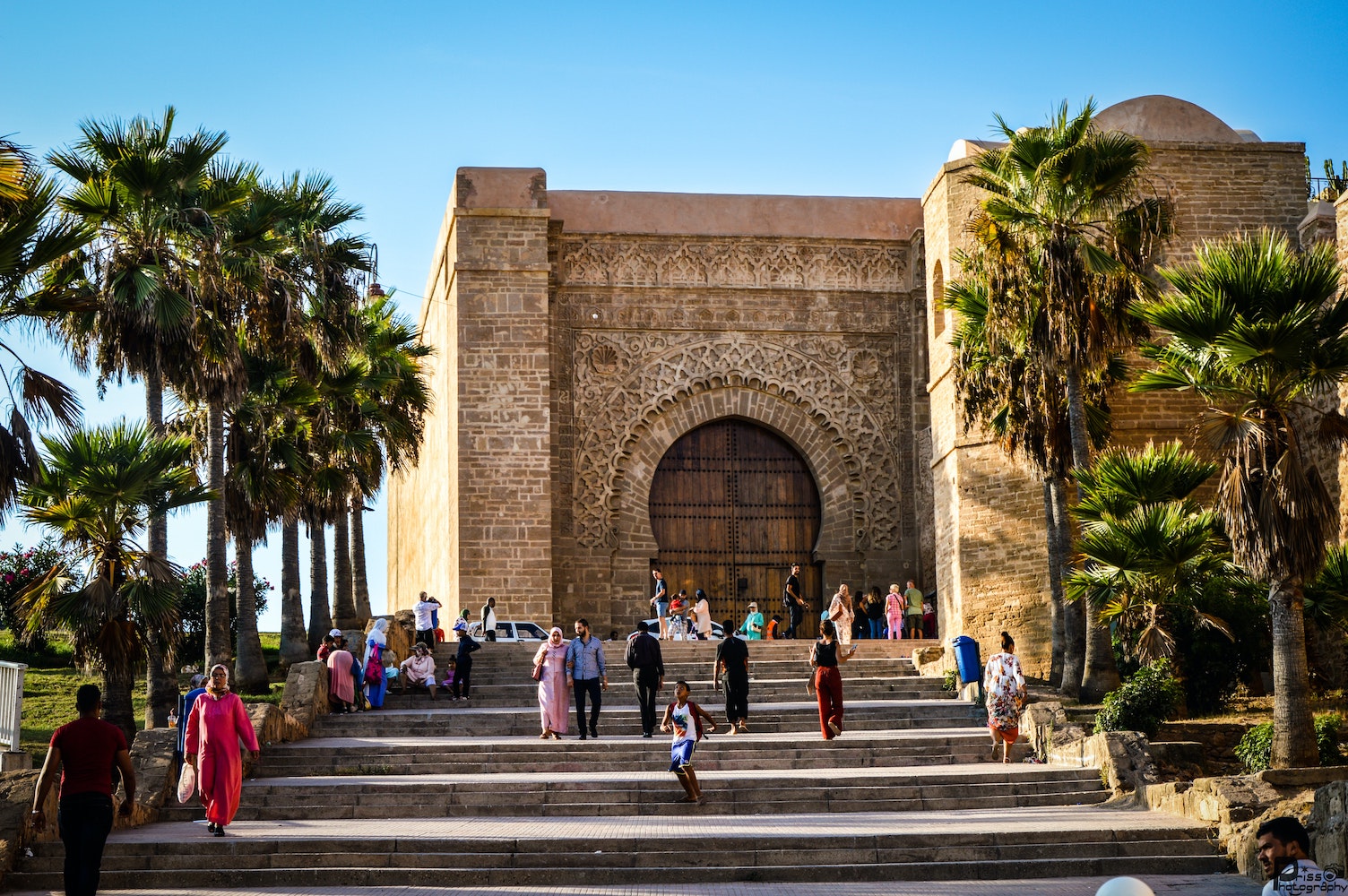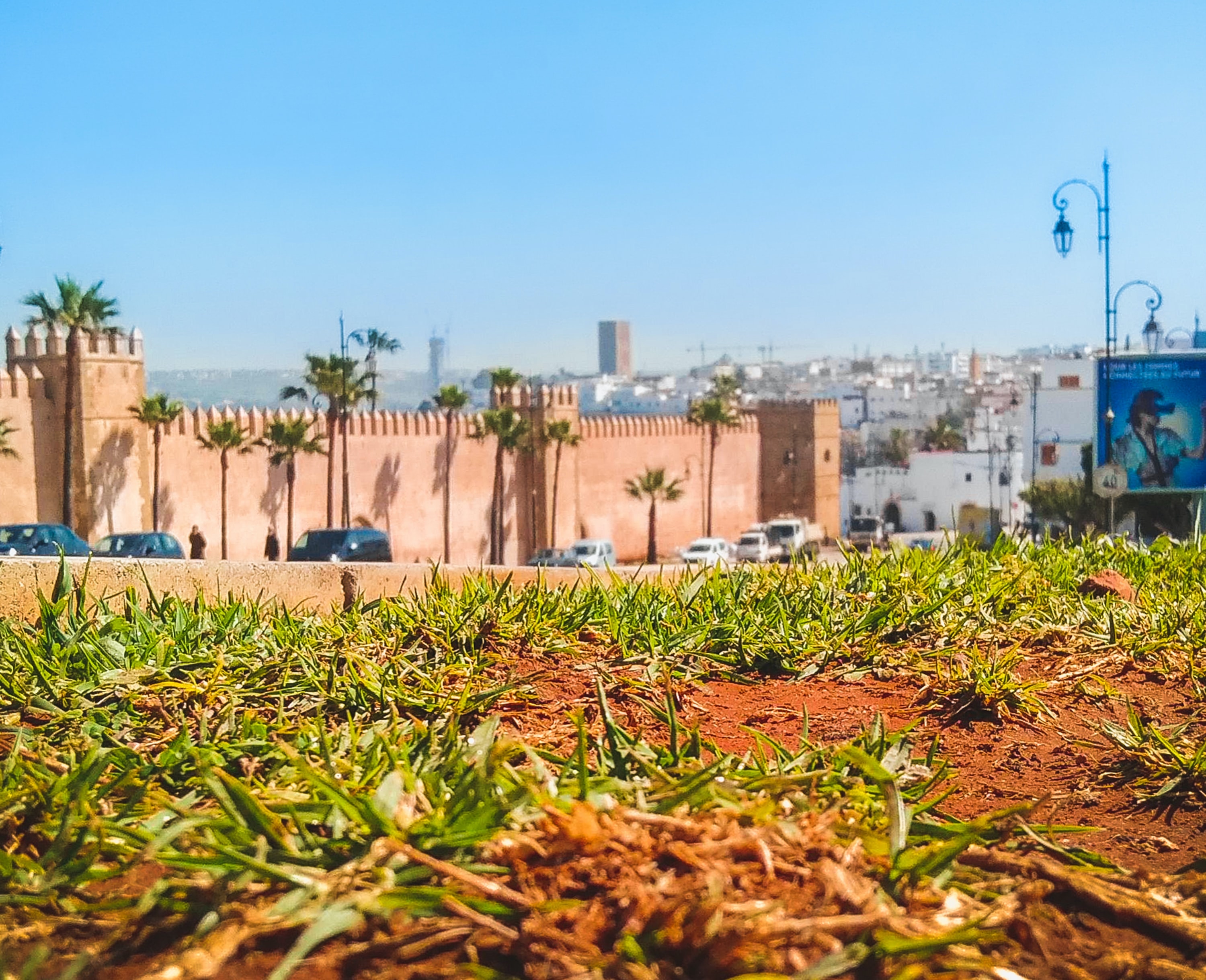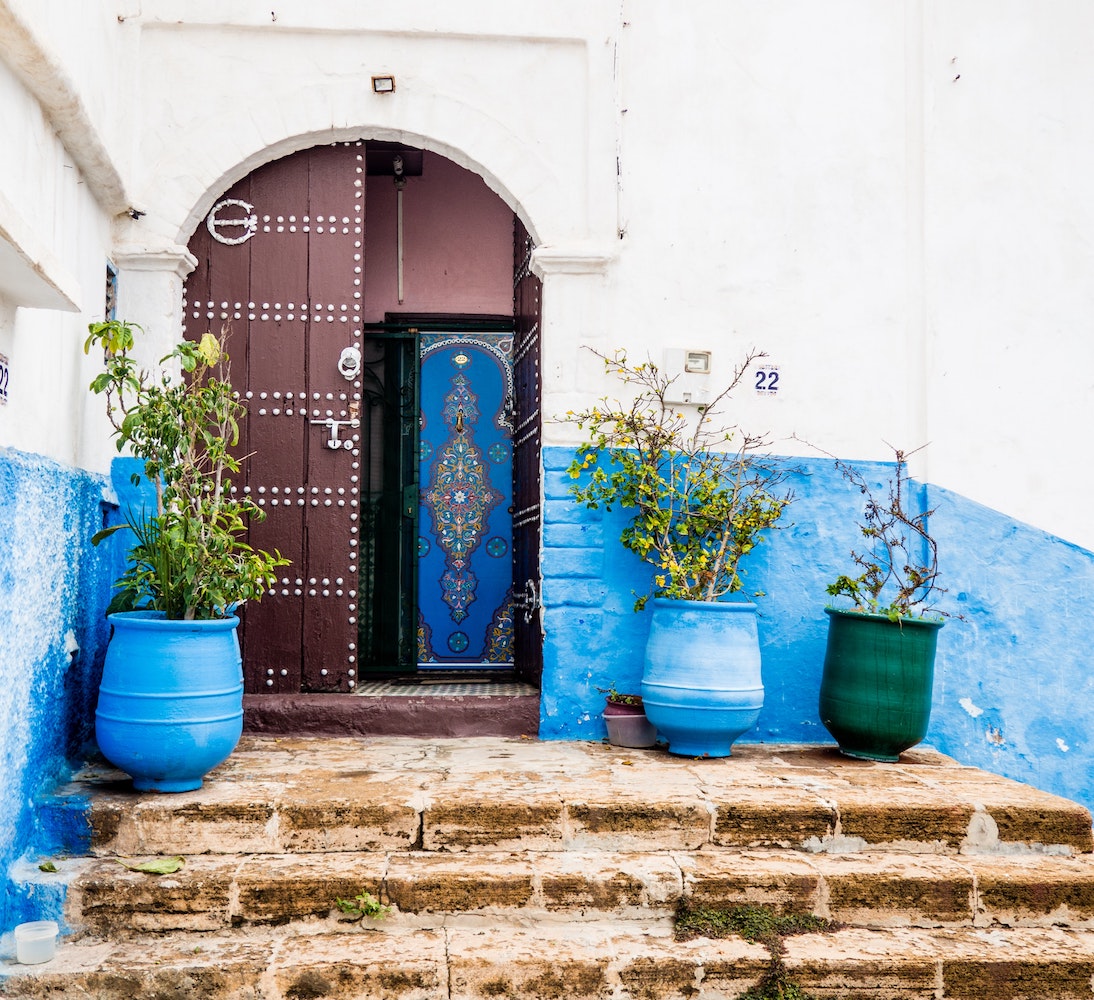
As the capital of Morocco and an imperial city, Rabat is situated on the northwest coast of the country, along the Atlantic Ocean. Founded in 1150 by the Almohad dynasty, on what is now known as the Kasbah of the Udayas, Rabat was originally a fortress named "Ribat Al Fath" in Arabic, meaning "The Camp of Victory."
The city has a rich and eventful history. In the 16th century, it was almost deserted, with only a few dozen houses still occupied. However, it experienced remarkable growth in the late Middle Ages when King Felipe VI of Spain expelled the Moriscos in 1609, marking the end of the Reconquista. Around 13,000 exiles settled in Rabat, revitalizing the city and creating a strong Arab-Andalusian identity preserved through the centuries by the prominent historical families of Rabat, most of whom originated from that period.

Since then, the city has continued to grow and became the capital of the kingdom upon Morocco's independence in 1956. Rabat is often associated with its twin city, Salé, separated by the mouth of the Bouregreg River. Since 2012, several iconic and historic sites in Rabat have been listed as UNESCO World Heritage sites, and in 2013, the city ranked second in CNN's Best Travel Destinations.
Like many major cities in North Africa, as well as some cities in East and West Africa and even the Iberian Peninsula, Rabat has a medina. The term simply means "city" and now refers to the historic quarter in contrast to the more contemporary neighborhoods built according to Western models. The medina's urban model is characterized by ancient town architecture protected by walls or high barriers.
The medina has a vibrant mix of activities, offering residents all the essential services within close proximity. This is exemplified by the souk (traditional market) that offers a wide variety of merchandise. The population density is generally high, and the low-rise buildings are closely packed together in a maze of narrow and winding streets.

The architecture of the riads found in the medina is distinctive, with living spaces arranged around an open-air courtyard. The exteriors of the buildings may appear modest but often conceal countless architectural treasures, as magnificent residences remain hidden from the curious gaze.
In an era where the city aims to be environmentally friendly, the medina is often cited as an example of urban planning that is more subtle than it appears. The density of the population and the multitude of shops limit the need for travel within the medina. The architecture prioritizes comfort and aesthetics while effectively preserving a cool environment in regions known for their hot climates.